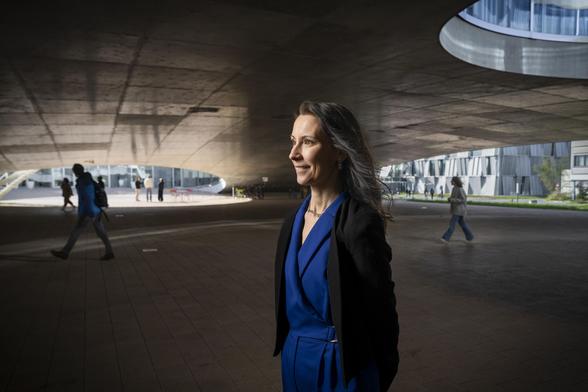So everything ultimately when you zoom in close enough is just physics. Matter is made of atoms and atoms are made of particles and particles are just bits of energy moving around excitedly. I might have missed a few layers but good enough for a layperson discussion.
I know there have been experiments to cool things to absolute zero, and I know we've gotten pretty close but not quite.
But what would happen at absolute zero, or do we even know for certain? If those bits of energy stop moving, do they cease to exist? Would the macro object just poof?






 3/
3/

 <sigh> ah les ingénieurs...
<sigh> ah les ingénieurs... SciX, an
SciX, an 
